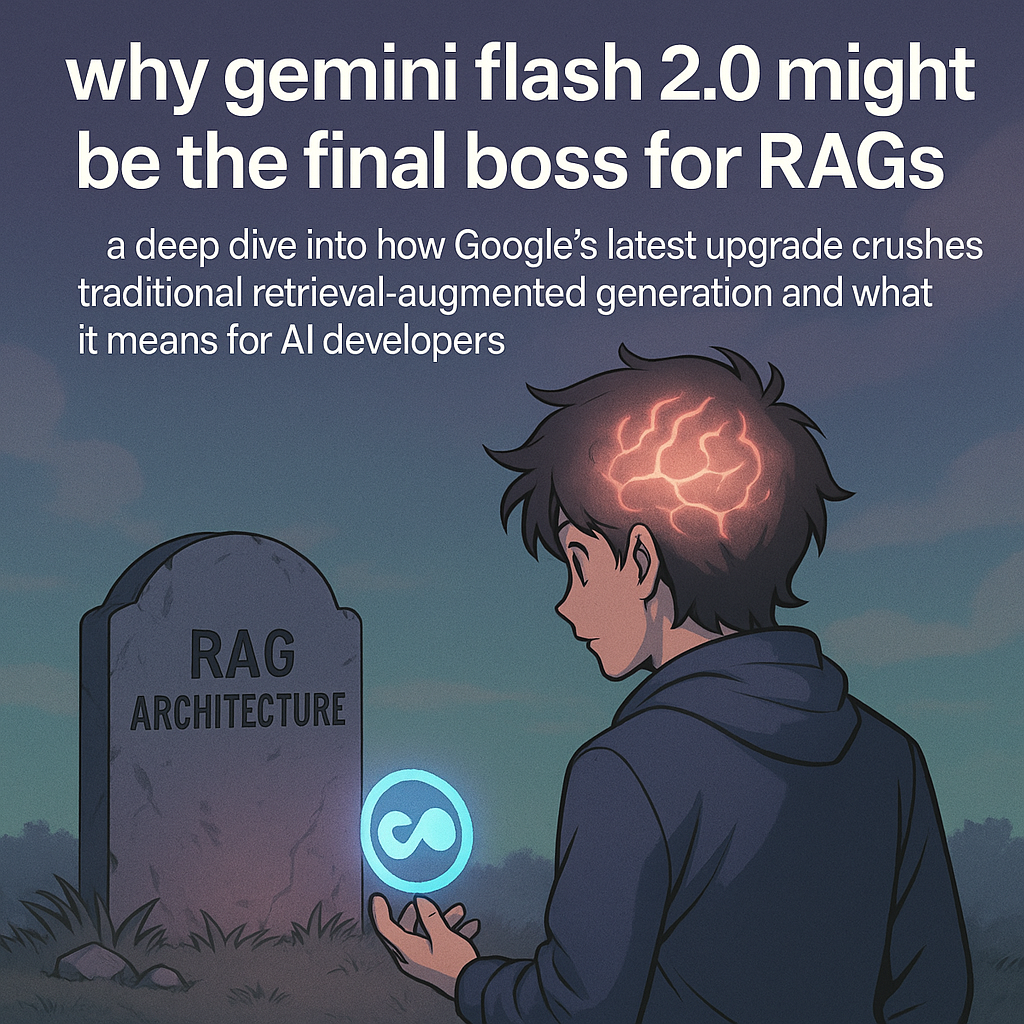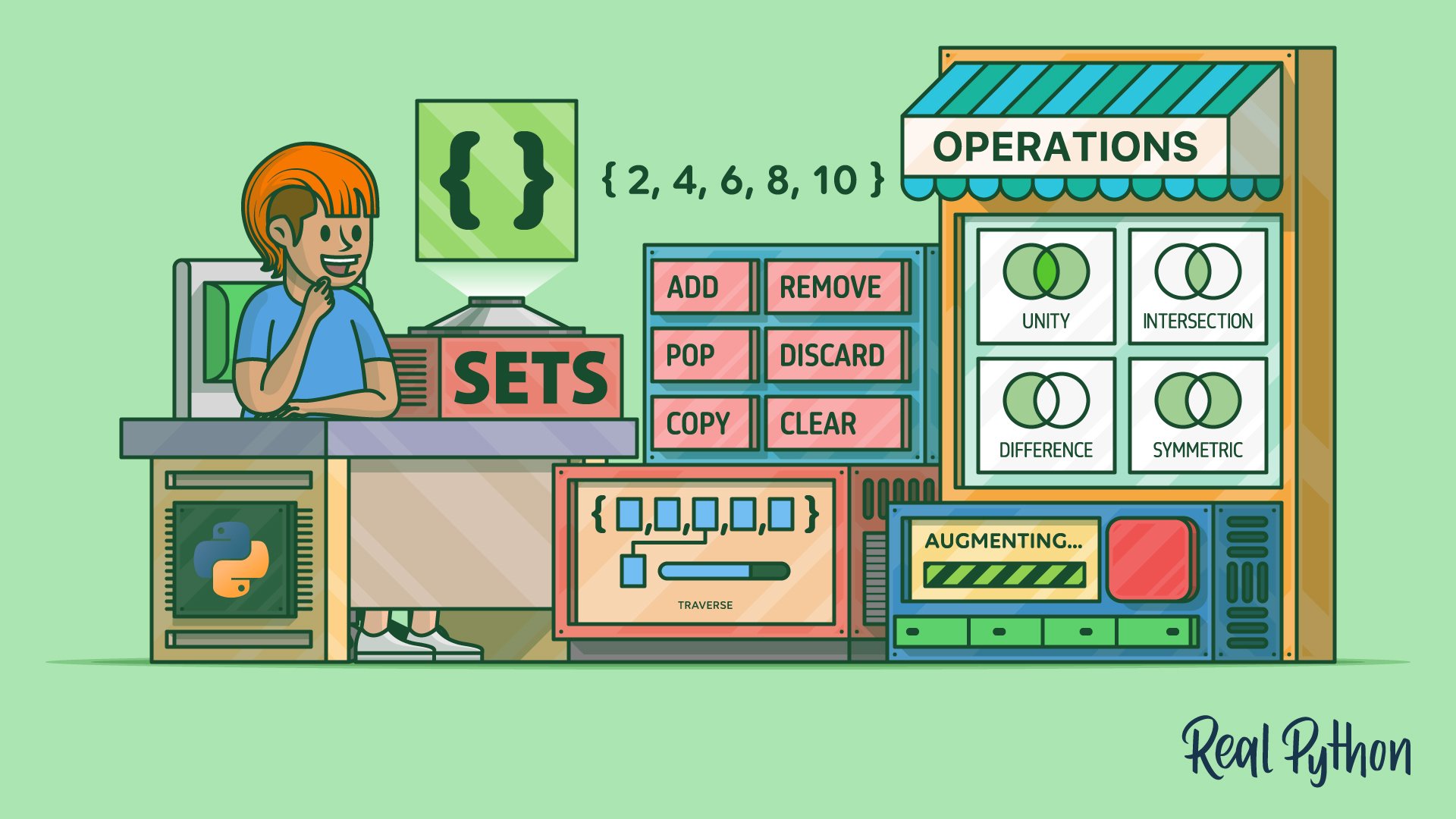Programming News
Logrocket
252

Image Credit: Logrocket
When feature comparison charts hurt UX — and what to use instead
- Feature comparison charts can harm user experience when used in the wrong context, confusing or overwhelming users.
- Instead of comparison charts, consider alternatives like use-case storytelling and emotional design to communicate product value effectively.
- There are situations where comparison tables may not work, such as when users don't understand the product or when competitors outperform in most areas.
- For new products, focus on communicating your competitive edge rather than using comparison charts.
- Feature comparison tables should be avoided when features require context to understand or when users are emotionally driven.
- If users are not aware of competitors or if there are too many competitors, comparison tables may create information overload.
- Complex products with numerous critical capabilities may not be suitable for comparison tables and could benefit from simpler explanations.
- Comparison tables need regular maintenance, especially in rapidly evolving markets, to ensure accuracy and avoid misinformation.
- In most cases, comparison tables do not significantly contribute to user decision-making and may not be the most effective way to showcase product value.
- Consider the user journey, audience focus, and competitor landscape before deciding whether to incorporate feature comparison charts in your design.
Read Full Article
15 Likes
Dev
422

Image Credit: Dev
Level Up Your Testing Game with Jest Spies and Asymmetric Matchers
- Unit testing involving third-party APIs like database calls can be challenging, especially when ensuring mocks accurately reflect real interactions with SDKs.
- Jest Spies help monitor the behavior of functions without changing the code, allowing observation of calls and parameters.
- Using spyOn method, functions can be spied on, and matchers like toHaveBeenCalled and toHaveBeenCalledWith check call times and parameters.
- Jest Asymmetric Matchers offer flexibility in matching results, allowing for partial checks and ensuring specific fields are present.
- Asymmetric Matchers like expect.objectContaining help in partial checking of objects for testing.
- By combining Jest Spies and Asymmetric Matchers, developers can create more robust tests, verifying function functionality and correct SDK calls.
- Focusing on meaningful assertions with asymmetric matchers enhances test reliability and ensures critical aspects are correct.
- Maintaining the integrity of application behavior through effective testing practices is crucial in navigating dependencies.
- Unit testing with Jest tools provides a way to create reliable tests that confirm accurate SDK interactions.
- In summary, leveraging Jest Spies and Asymmetric Matchers improves testing efficiency and helps in ensuring the correctness of SDK calls and test assertions.
Read Full Article
25 Likes
Medium
353

Image Credit: Medium
How NoLogin Was Born: From a Computer Lab Frustration to a Sharing Revolution
- NoLogin was born out of the frustration of not being able to quickly share text or code from a computer lab.
- The idea came about when the founder questioned the need to log in just to share a piece of text or code, leading to the creation of a simple, no-login platform for instant text and file sharing.
- NoLogin offers features like a time limit for link accessibility, password protection, and read-only mode, making it a secure and anonymous sharing platform for labs, classrooms, and conferences.
- The platform was developed by the founder along with co-founders Pranav and Gireesh, aiming to provide a hassle-free sharing experience without the need for login credentials. You can explore NoLogin at https://www.nologin.in/
Read Full Article
21 Likes
Dev
270

Image Credit: Dev
This Month in Solid #13: A Decade of SolidJS 😎
- Ecosystem updates include new features and releases in TanStack, Solid Router, Turborepo, Nitropage, Triplit, oRPC, and how to use Prisma ORM with SolidStart.
- Found online content features articles and videos on SolidJS, Tanstack Start, Alien Signals, AI tool preferences, React/Solid-JS Module Federation, and transitioning to React after Solid 2.0.
- Upcoming events include Ryan speaking at JSNationUS and Darko at CityJS Athens, with Atila presenting at JNation.
- The newsletter wraps up with an invitation to stay updated on Solid World through Discord and sign up for upcoming events.
Read Full Article
16 Likes
Discover more
- Software News
- Web Design
- Devops News
- Open Source News
- Databases
- Cloud News
- Product Management News
- Operating Systems News
- Agile Methodology News
- Computer Engineering
- Startup News
- Cryptocurrency News
- Technology News
- Blockchain News
- Data Science News
- AR News
- Apple News
- Cyber Security News
- Leadership News
- Gaming News
- Automobiles News
Dev
165

Image Credit: Dev
Quarkus 3 application on AWS Lambda- Part 1 Introduction to the sample application and first Lambda performance measurements
- The article series explores developing, deploying, and running applications on AWS Lambda with the Quarkus framework, measuring performance, and optimizing Lambda functions using techniques like Lambda SnapStart and GraalVM Native Image.
- A sample application using the Quarkus framework on AWS Lambda is demonstrated, utilizing Amazon DynamoDB as a persistence layer and Amazon API Gateway for handling API calls.
- To run the sample application, local installations of Java 21, Maven, AWS CLI, SAM CLI, and for GraalVM example, GraalVM and Native Image are required.
- Source code examples include Lambda function implementation, interaction with DynamoDB, and dependencies on Quarkus framework in the pom.xml file.
- Configurations for AWS SAM deployment, including defining Lambda functions, API Gateway, and DynamoDB table, are explained.
- Measurements of cold and warm start times for the GetProductByIdFunction Lambda function are conducted to analyze Java application performance on AWS Lambda.
- Results of performance measurements with tiered compilation and specific JVM compilation options are provided, showing cold and warm start times in milliseconds.
- The article concludes by highlighting the observed cold start time challenges and upcoming discussions on optimizing Lambda cold start with AWS SnapStart and GraalVM Native Image techniques in the subsequent parts of the series.
- The next parts of the series will focus on reducing Lambda cold start time and evaluating the impact on warm start time using optimization methods.
- Stay tuned for more insights on developing, running, and optimizing Quarkus web applications on AWS Lambda in the following series installments.
Read Full Article
9 Likes
Medium
353

Image Credit: Medium
Why gemini flash 2.0 might be the final boss for RAGs
- Gemini Flash 2.0 has emerged as a potential game-changer in the realm of AI, potentially overshadowing traditional Retrieval-Augmented Generation (RAG) models.
- Gemini Flash is optimized for low latency, long-context reasoning, and real-time use without requiring a separate retrieval engine.
- With Gemini Flash, the need for external retrieval engines in many AI use cases diminishes, offering faster and more efficient processing.
- This advancement signifies a shift towards 'think-first' AI, where models can reason within extensive context windows, reducing the reliance on search results.
- Gemini Flash enables models to process large amounts of raw data swiftly, enhancing user experience and reducing the engineering complexity of AI systems.
- The development landscape is evolving towards smarter, simplified prompt-driven approaches over complex retrieval processes.
- Gemini Flash streamlines the AI development process, allowing for faster iteration, easier maintenance, and improved integration with different content formats.
- While RAG models still excel in certain scenarios, Gemini Flash's efficiency and direct processing capabilities pose a strong challenge to the traditional approach.
- Flash is not a total replacement but signifies a shift towards models that can reason and understand within broad context windows, marking a new phase in AI development.
- The era of 'stacking more tools' in AI systems is giving way to a more strategic use of fewer, smarter tools, as illustrated by the evolution from RAG to Flash.
- Gemini Flash encourages a shift towards AI models focusing on comprehension, interpretation, and reasoning within vast cognitive spaces rather than mere pattern-matching and retrieval.
Read Full Article
21 Likes
Medium
348

Image Credit: Medium
Why ‘Vibe Coding’ is Misleading — And How ‘Gen Coding’ Should Replace It
- Gen Coding involves the use of AI-assisted tools to enhance productivity in software development by generating code, suggesting improvements, automating tasks, and aiding in debugging.
- Developers using Gen Coding still need a strong foundation in programming to guide the AI tools, verify output correctness, ensure efficiency and security, and make critical architectural decisions.
- The shift from 'Vibe coding' to 'Gen Coding' is recommended as it conveys a more professional and accurate representation of the AI-assisted software development process, highlighting the importance of skill and attention to detail.
- Using terms like 'Vibe coding' can undermine the professionalism required in software development, while 'Gen Coding' acknowledges the expertise, problem-solving abilities, and disciplined approach needed for AI-assisted coding.
Read Full Article
20 Likes
Javacodegeeks
188

Image Credit: Javacodegeeks
How to Return PDF Files from a Micronaut Endpoint
- Micronaut is a JVM-based framework for building microservices, and returning a PDF from a REST API endpoint is a common need in business applications.
- Micronaut uses compile-time annotation processing, reducing memory usage and startup time compared to traditional Java frameworks like Spring.
- Key features of Micronaut include compile-time dependency injection, fast startup time, integration with GraalVM, reactive support, built-in HTTP server/client, and cloud-native readiness.
- To return a PDF in Micronaut, dependencies like micronaut-http-server-netty and OpenPDF library need to be added to the project.
- A PdfService class is used to generate the PDF content in memory using OpenPDF library, and a PdfController class handles the REST endpoint for returning the PDF.
- The PdfController method calls pdfService.generatePdf() to get the PDF content as a byte array and constructs an HTTP response with the PDF content, content type, and download header.
- By structuring the PDF generation logic in a service class, the codebase becomes cleaner and more maintainable in Micronaut applications.
- Using OpenPDF for PDF generation in Micronaut allows for working with an open-source and LGPL-licensed library suitable for various commercial applications.
- This approach provides a foundation for building advanced PDF workflows with tables, images, dynamic data, and charts in Micronaut-based applications.
- The integration of OpenPDF for PDF generation and delivery in Micronaut allows for streamlined and efficient handling of PDF content.
Read Full Article
11 Likes
Logrocket
358

Image Credit: Logrocket
Here’s why everyone’s going crazy over Zod 4
- Zod 4 has garnered significant attention in the TypeScript community for its improvements in performance, developer-friendly features, and support for modern web applications.
- Key benefits of Zod 4 include faster development cycles, smaller bundles for faster apps, simplified JSON Schema integration, consistent and reusable schemas, and improved error handling.
- Performance enhancements in Zod 4 make parsing up to 3x faster and memory-efficient, with a 57% smaller core bundle, speeding up validation processes for server-side and large-scale validations.
- The introduction of Zod Mini provides a lightweight alternative for minimal bundle size in environments like edge functions and performance-sensitive front-end apps, maintaining type safety and validation features.
- Zod 4 simplifies JSON Schema conversion with built-in support, eliminating the need for external tools and streamlining integration processes for developers.
- The addition of Zod Global Registry facilitates centralized schema management and metadata reuse, aiding in maintaining validation consistency and generating clean JSON Schema definitions.
- Improved type error handling in Zod 4 enhances error reporting and debugging by presenting well-formatted, user-friendly error messages, aiding developers in identifying and fixing issues.
- Native file validation support in Zod 4 simplifies handling uploaded files in browser-based applications, enabling constraints like file size and MIME type validation with ease.
- The migration to Zod 4 brings significant improvements and changes, requiring developers to update schemas and methods to align with the new version for enhanced performance and workflow.
- Zod 4 offers a substantial upgrade in schema validation in TypeScript, combining major performance enhancements, native file validation, improved error handling, and simplified workflow processes for developers.
Read Full Article
21 Likes
Infoq
303

Image Credit: Infoq
Instance Main Methods Move from Preview to Final in JDK 25
- JEP 512, Compact Source Files and Instance Main Methods, has been integrated for JDK 25 after a four-round preview cycle starting from JDK 21.
- This evolution introduces features like Compact Source Files, flexible instance main methods, java.lang.IO class, and automatic imports for core libraries to simplify Java programming.
- Instance main methods allow for non-static entry points, making it easier for beginners to write Java programs without the need for explicit class declarations.
- The finalization of these features aims to reduce the learning curve and streamline small program development in Java, maintaining compatibility and integration with the standard Java toolchain.
Read Full Article
18 Likes
RealPython
128

Image Credit: RealPython
Sets in Python
- Python provides a built-in set data type which is an unordered collection of unique elements.
- A set in Python is defined as a well-defined collection of unique objects with no duplicate elements.
- Sets are useful for running set operations, removing duplicates, running efficient membership tests, among other things.
- Python sets are mutable, unordered, and useful for removing duplicates, with efficient membership operations.
Read Full Article
7 Likes
Dev
454

Image Credit: Dev
Setting up my home lab
- The Christmas holiday period provided an opportunity to work on hobby projects, such as setting up a home lab.
- Excitement about the deepseek model, released open source, led to trying to run it locally on a not state-of-the-art Windows laptop.
- Environment setup involved using an Ubuntu VM following a tutorial to run deepseek locally.
- Initial impressions included slow processing but enjoyment in using the reasoning model, with plans for further homelab projects.
Read Full Article
27 Likes
Dev
405

Image Credit: Dev
A beginner's guide to the Qwen3-32b model by Prunaai on Replicate
- Qwen3-32b is an AI model maintained by Prunaai, optimized for faster performance through Pruna AI techniques.
- The model has two operating modes: a thinking mode for complex reasoning and a non-thinking mode for general conversation.
- Qwen3-32b processes text prompts, supports over 100 languages, and offers configurable parameters for response generation.
- The model excels in mathematics, code generation, and logical reasoning.
Read Full Article
24 Likes
Dev
404

Image Credit: Dev
Dhvagna-DOM: A Lightweight TypeScript DOM Ready Utility by Gnanesh Balusa
- Dhvagna-DOM is a lightweight TypeScript DOM ready utility developed by Gnanesh Balusa, offering minimal size (0.7KB), TypeScript support, and cross-browser compatibility.
- Top reasons to choose Dhvagna-DOM include its small footprint, modern TypeScript implementation, smart state detection, clean event handling, optional timeout feature, and framework agnostic nature.
- Dhvagna-DOM ensures JavaScript code executes only when the DOM is fully loaded, preventing common issues like accessing null elements or errors due to scripts running before the DOM is ready.
- The library utilizes state detection, event subscription, cleanup mechanisms, and optional timeout features internally, providing a reliable solution for executing code when the DOM is fully loaded.
Read Full Article
24 Likes
Dev
78

Image Credit: Dev
Is programming still worth it in 2025?
- In 2025, the developer culture is facing a silent crisis of burnout becoming the default due to relentless pressure to keep learning and deliver faster.
- Senior devs are planning exit strategies due to unrealistic expectations, long hours, and the normalization of burnout in the tech industry.
- Developers are experiencing physical and mental health issues, with many reporting chronic pain, anxiety, depression, and a lack of joy in coding.
- Industry responses like unlimited PTO and wellness apps are failing to address burnout, while solutions like 4-day workweeks and outcome-based work are proving more effective.
Read Full Article
4 Likes
For uninterrupted reading, download the app